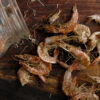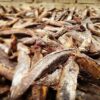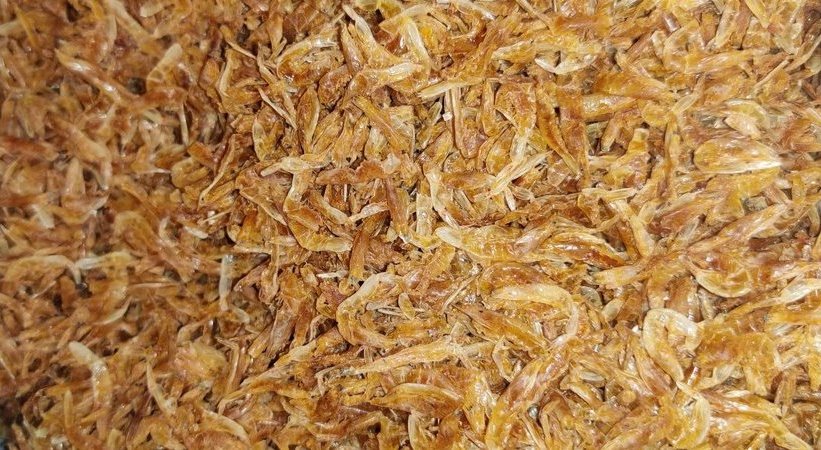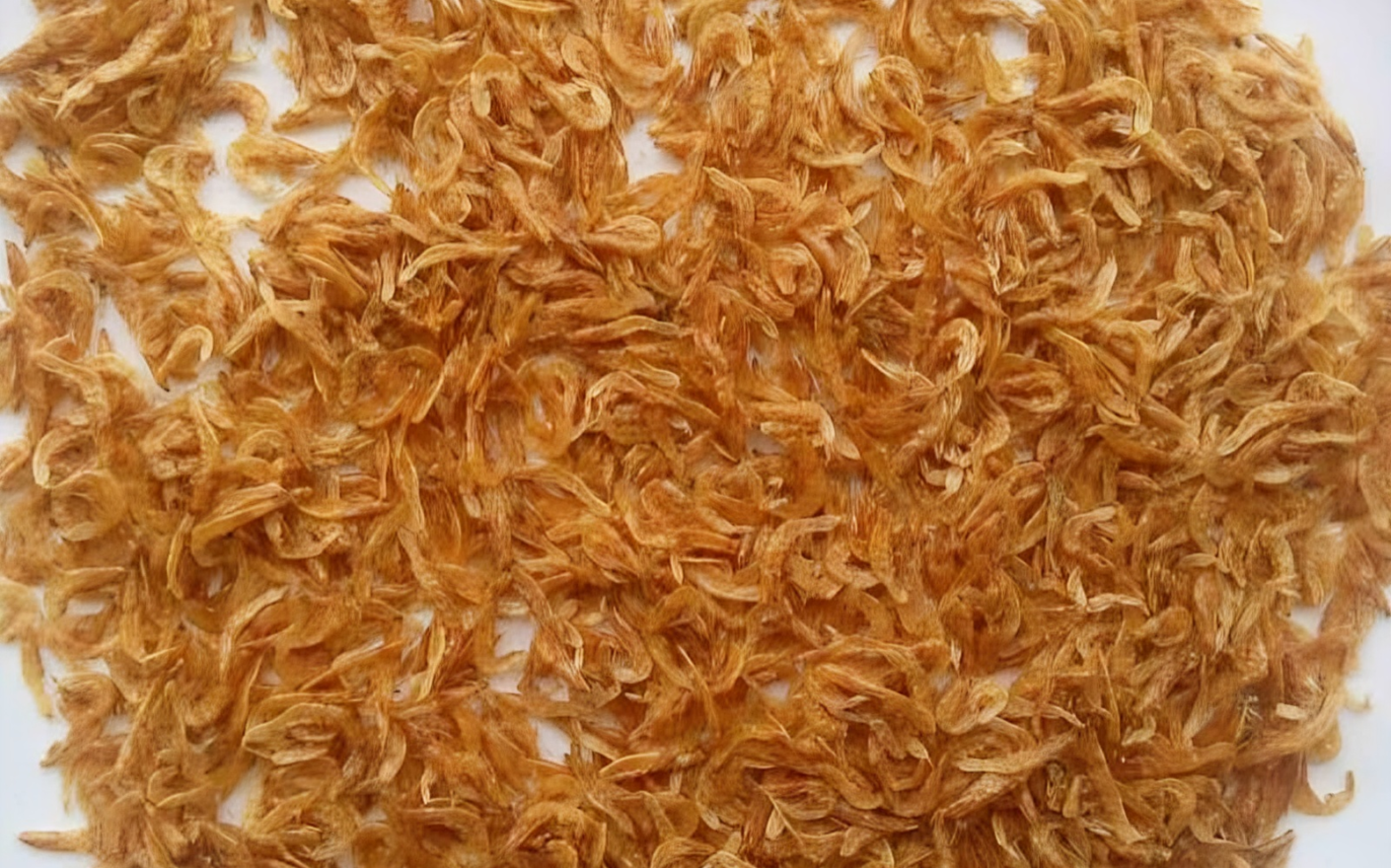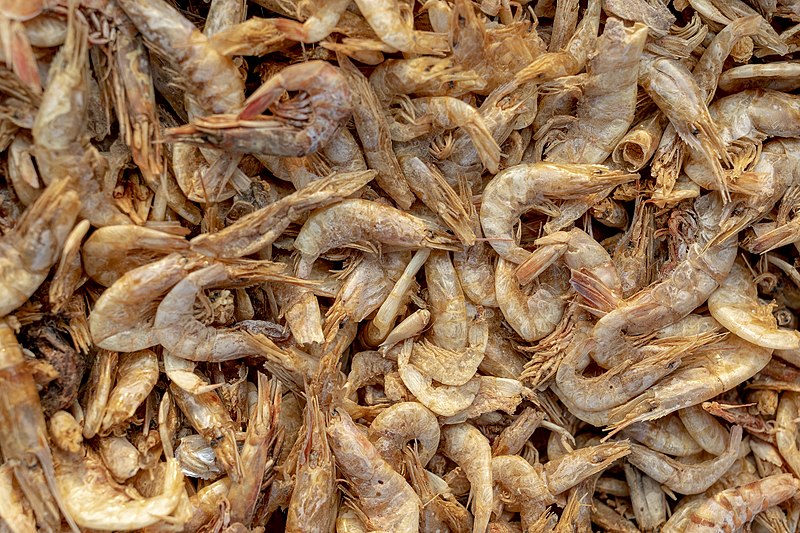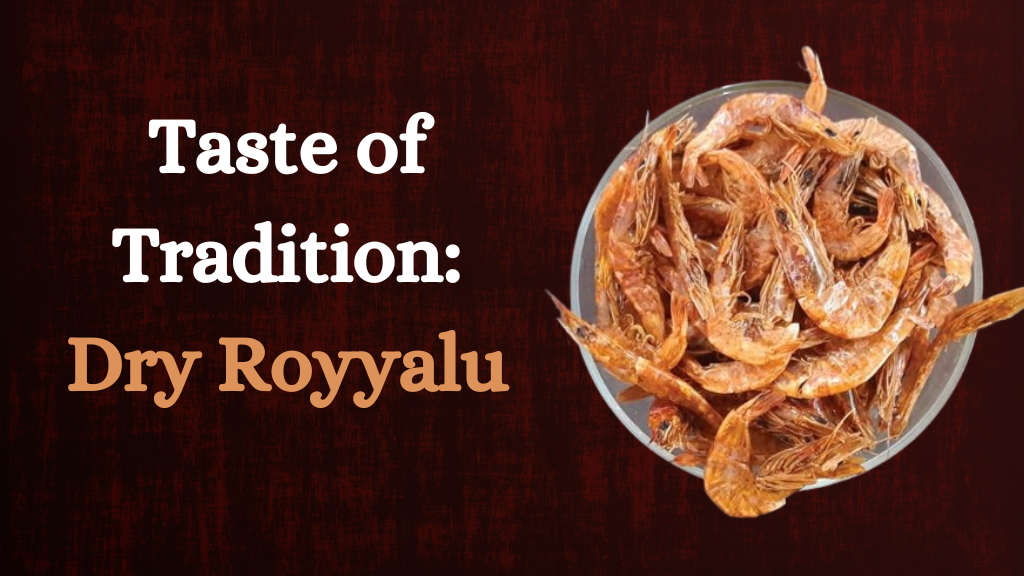
- Post Date: 17 May, 2024
Unraveling the Allure of Kardi Fish: Your Ultimate Guide to Aquatic Wonder!

Introduction
If you’re a seafood enthusiast or someone who loves exploring new and exotic dishes, Kardi Fish is a name that should be on your radar. This small to medium-sized fish is a staple in the coastal regions of India, particularly in states like Maharashtra, Karnataka, and Goa. Known for its delicate texture and distinct flavour, Kardi fish is not only delicious when fresh but also transforms beautifully into sode dry fish, a traditional delicacy that packs a robust, umami-rich punch. In this blog, we’ll delve into the fascinating world of Kardi fish, exploring its traditional drying methods, diverse culinary uses, and the nutritional benefits it offers. Get ready to discover a new favourite ingredient that will inspire your next culinary adventure.
What is Kardi Fish?
Kardi fish, known for its delicate texture and distinct flavour, is a type of fish commonly found in the coastal regions of India. This fish is particularly popular in states like Maharashtra, Karnataka, and Goa, where it forms a staple in local cuisine. The fish is small to medium-sized, making it perfect for a variety of cooking methods, from frying to drying and everything in between.
The Traditional Art of Drying Fish
One of the most cherished ways to preserve and enjoy Kardi fish is by transforming it into sode dry fish. The process of drying fish dates back centuries and remains a vital part of coastal culinary traditions. Drying fish not only extends its shelf life but also intensifies its flavour, making it a sought-after ingredient in many regional dishes.
How is Sode Dry Fish Made?
Making sode from dry fish involves a meticulous process. Freshly caught Kardi fish are cleaned thoroughly to remove any scales and innards. After cleaning, the fish are salted generously and left to marinate for several hours. This salting process helps to draw out moisture and prevent bacterial growth, ensuring the fish can be stored for longer periods.
Once salted, the Kardi fish are laid out on large drying racks, often placed in open, sunny areas. The fish are left to dry under the sun for several days. This sun-drying process is crucial as it gradually removes moisture from the fish, concentrating its flavours. The result is sode dry fish, a preserved fish with a robust, umami-rich taste that can be used in a variety of dishes.
Culinary Uses of Kardi Fish
Kardi fish, in its fresh form, is a versatile ingredient that can be cooked in numerous ways. It can be fried, grilled, or incorporated into curries. However, when it comes to so-dried fish, the culinary possibilities expand even further.
Sode Dry Fish Curry
One of the most popular dishes featuring sode dry fish is the traditional curry. This curry is a staple in many coastal households and is cherished for its deep, rich flavours. The preparation involves rehydrating the dried fish by soaking it in water for a few hours. The rehydrated fish is then cooked in a spicy, tangy curry base made from onions, tomatoes, coconut, and a blend of aromatic spices. The result is a dish that is both hearty and satisfying, perfect when paired with steamed rice.
Sode Dry Fish Stir-Fry
Another delightful way to enjoy sode dry fish is by making a simple stir-fry. In this dish, the dried fish is sautéed with onions, garlic, green chillies, and curry leaves. This quick and easy recipe allows the intense flavours of the sode dry fish to shine, complemented by the freshness of the other ingredients. It makes for a great side dish or a light main course when served with flatbreads like chapati or naan.
Incorporating Sode Dry Fish in Modern Cuisine
While traditional recipes are cherished, so-called dry fish can also be a fantastic ingredient in modern culinary creations. It can be flaked and added to salads for an extra punch of flavour or used as a topping for pizzas and flatbreads. Its intense taste can also elevate pasta dishes, bringing a unique twist to familiar recipes.
Nutritional Benefits of Kardi Fish
Apart from its culinary versatility, Kardi fish is also prized for its nutritional benefits. Like many other fish, the Kardi fish is a rich source of protein, essential for muscle repair and growth. It also contains healthy fats, including omega-3 fatty acids, which are known to support heart health and reduce inflammation.
When dried to make so-called dry fish, these nutritional benefits are preserved. Additionally, the drying process often results in a more concentrated nutrient profile, making sode-dry fish not only a flavorful ingredient but also a nutritious one.
Buying and Storing Sode Dry Fish
If you’re intrigued by the idea of cooking with Kardi fish and sode dry fish, it’s essential to know where to buy them and how to store them properly. Sode dry fish can often be found in speciality grocery stores, particularly those that cater to Indian or Asian cuisines. It is usually sold in sealed packages to maintain its freshness.
When storing so-called dry fish at home, keep it in an airtight container in a cool, dry place. This will help to maintain its flavour and prevent it from becoming overly dry or stale. If you live in a particularly humid area, consider storing it in the refrigerator or freezer to extend its shelf life further.
Cooking tips for beginners
If you’re new to cooking with Kardi fish and sode dry fish, here are a few tips to get you started:
Rehydrate Properly: Always soak sode-dry fish in water for at least a few hours before cooking. This will help to soften the fish and reduce its saltiness.
Balance Flavors: Because sode dry fish is quite salty and intense in flavour, be mindful of the amount of additional salt you add to your dishes. Taste throughout the cooking process and make adjustments as needed.
Experiment with Spices: Kardi fish pairs well with a variety of spices. Don’t be afraid to experiment with different spice blends to find your favourite combination.
Use in Small Quantities: A little goes a long way with sode dry fish. Start with smaller quantities and gradually increase based on your taste preferences.
Conclusion
Kardi fish and its dried counterpart, sode dry fish, are true gems of coastal cuisine. Their unique flavours and versatility in the kitchen make them a must-try for any seafood lover. Whether you’re preparing a traditional curry or experimenting with modern dishes, Kardi fish promises to add a delightful depth of flavour to your meals. So, the next time you’re at the market, pick up some Kardi fish and embark on a delicious culinary journey.
Introduction: If you’re a seafood enthusiast or just someone curious about unique culinary experiences, you’ve probably heard about jawla fish. Known …
Introduction Eral Karuvadu, or dried prawns, is an essential ingredient in South Indian cuisine that brings a burst of umami flavour …
Introduction Eral Karuvadu, or dried prawns, is an essential ingredient in South Indian cuisine that brings a burst of umami flavour …
Introduction Small dry prawns, known as small dried prawns, dried small prawns, or dry small prawns, are not just a flavourful …
Introduction: If you're a seafood enthusiast yearning for a taste of the ocean's bounty, look no further than the exquisite dish …
Introduction: In today's digital age, the culinary world has undergone a transformation, with traditional ingredients now just a click away. Among …
Introduction: Welcome to the enchanting world of dry prawn gastronomy, where every bite is a journey of flavor and discovery. In …
In the vibrant tapestry of culinary experiences, dry salted fish stands as an illustrious ingredient, weaving together a rich history …
